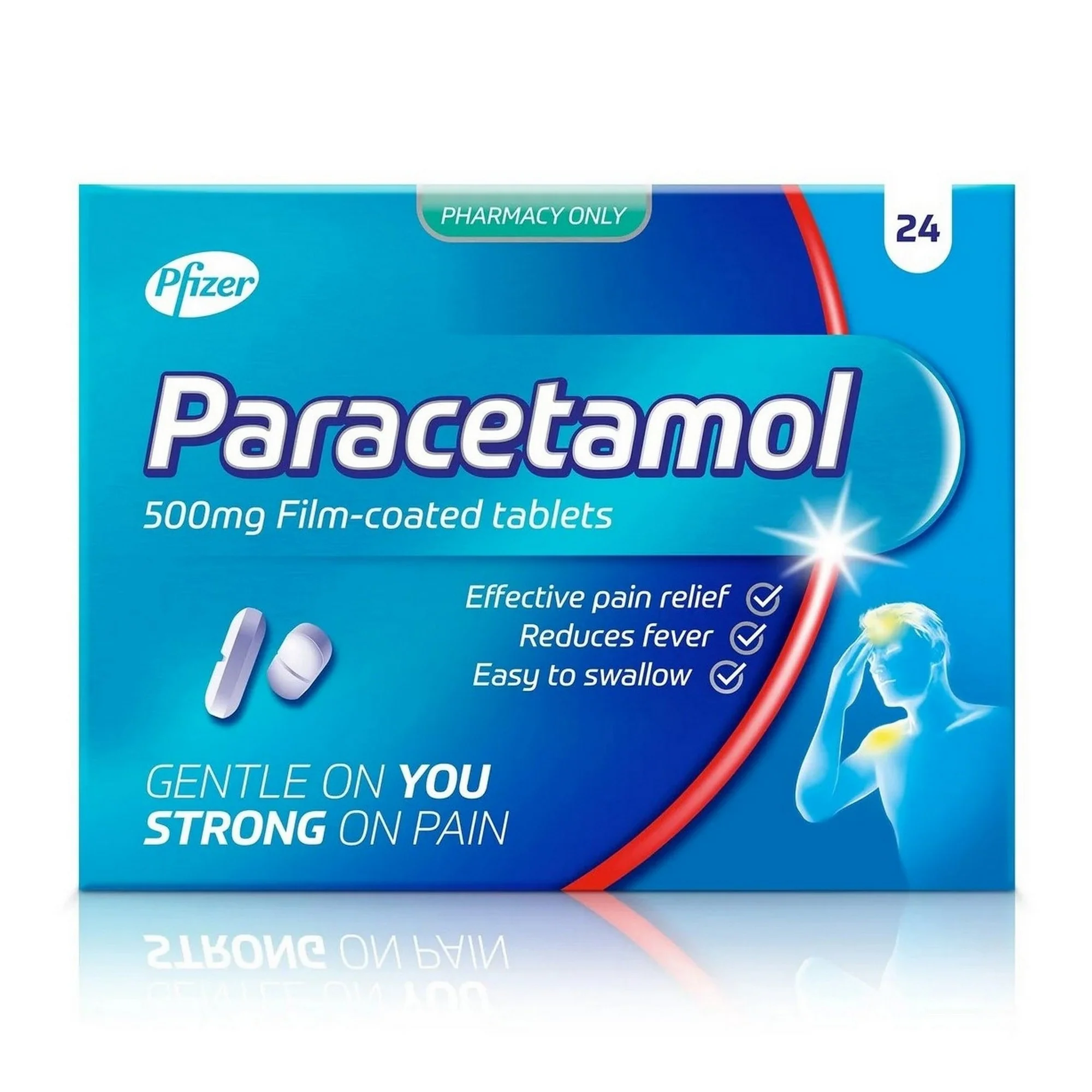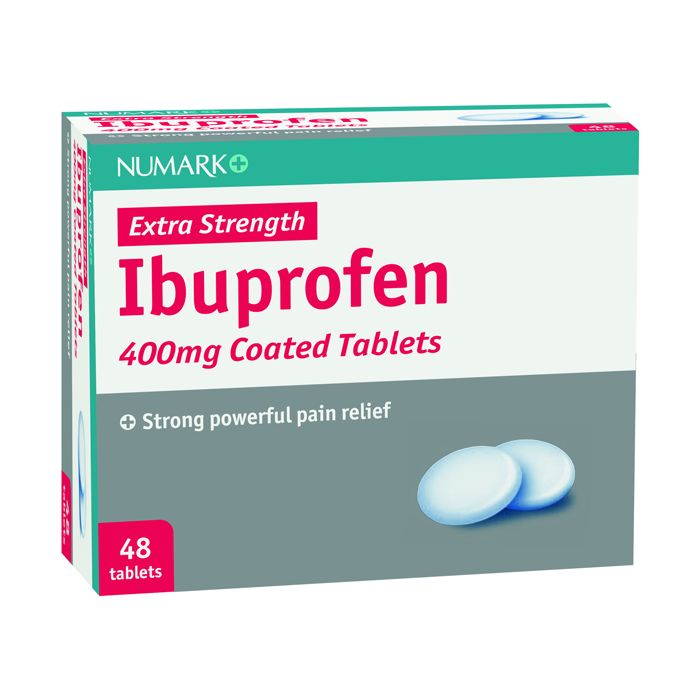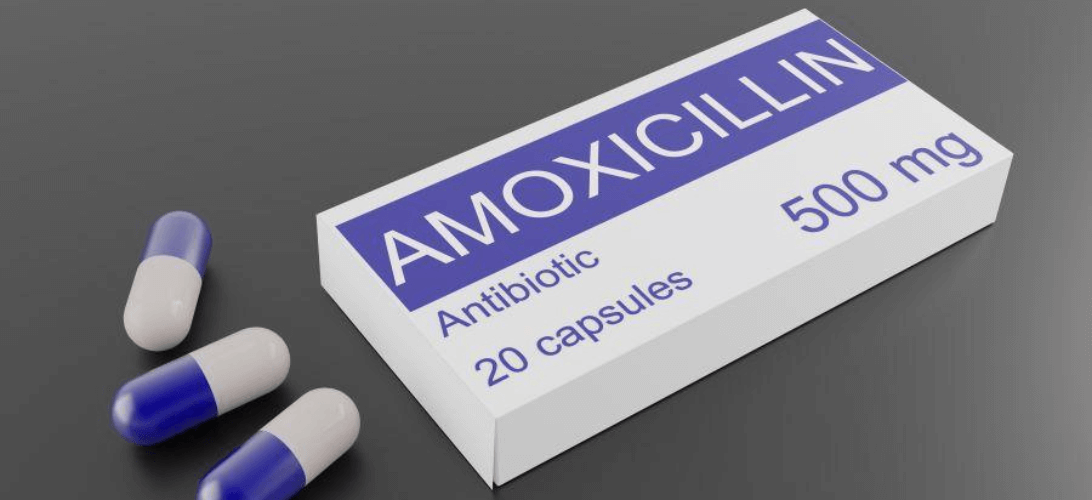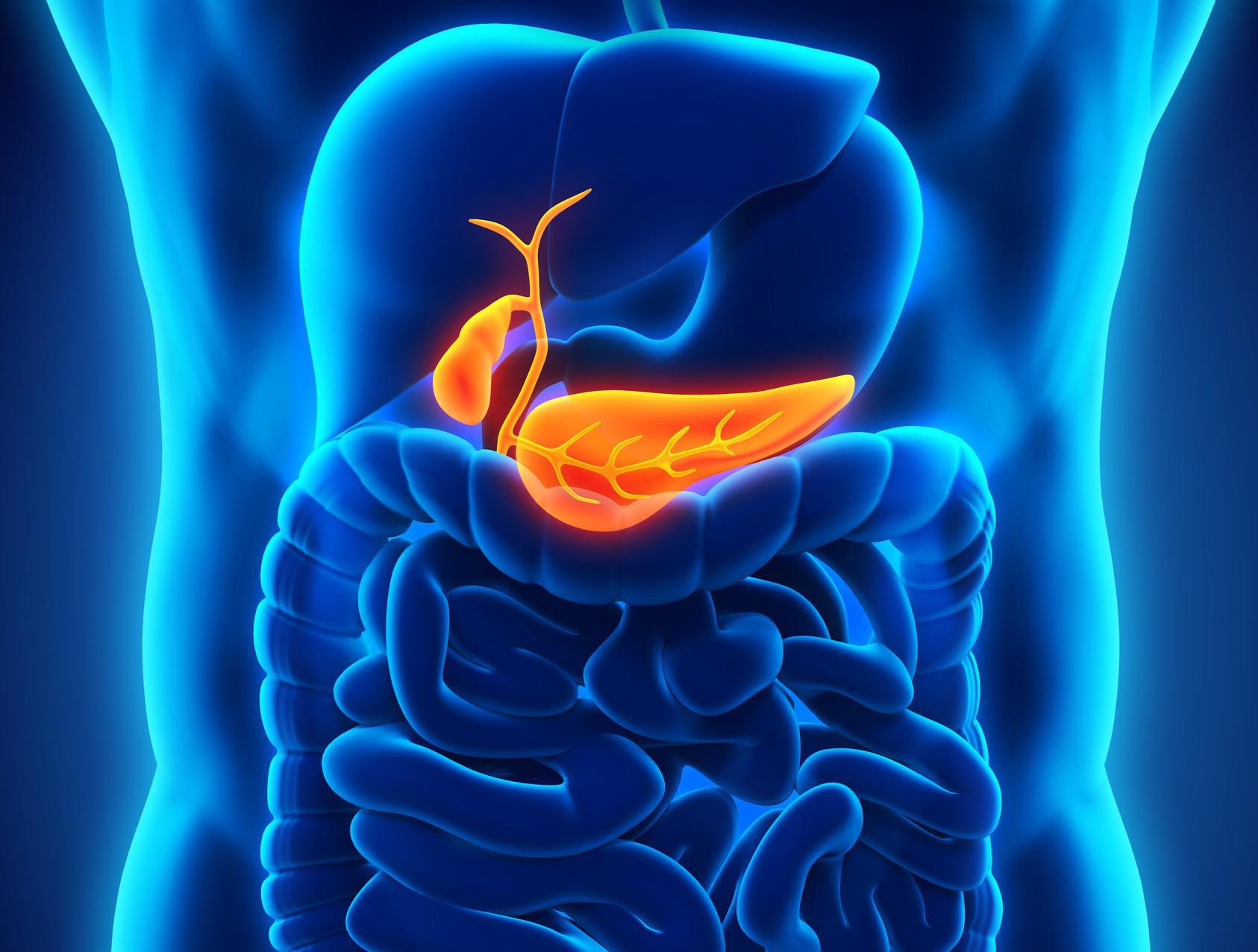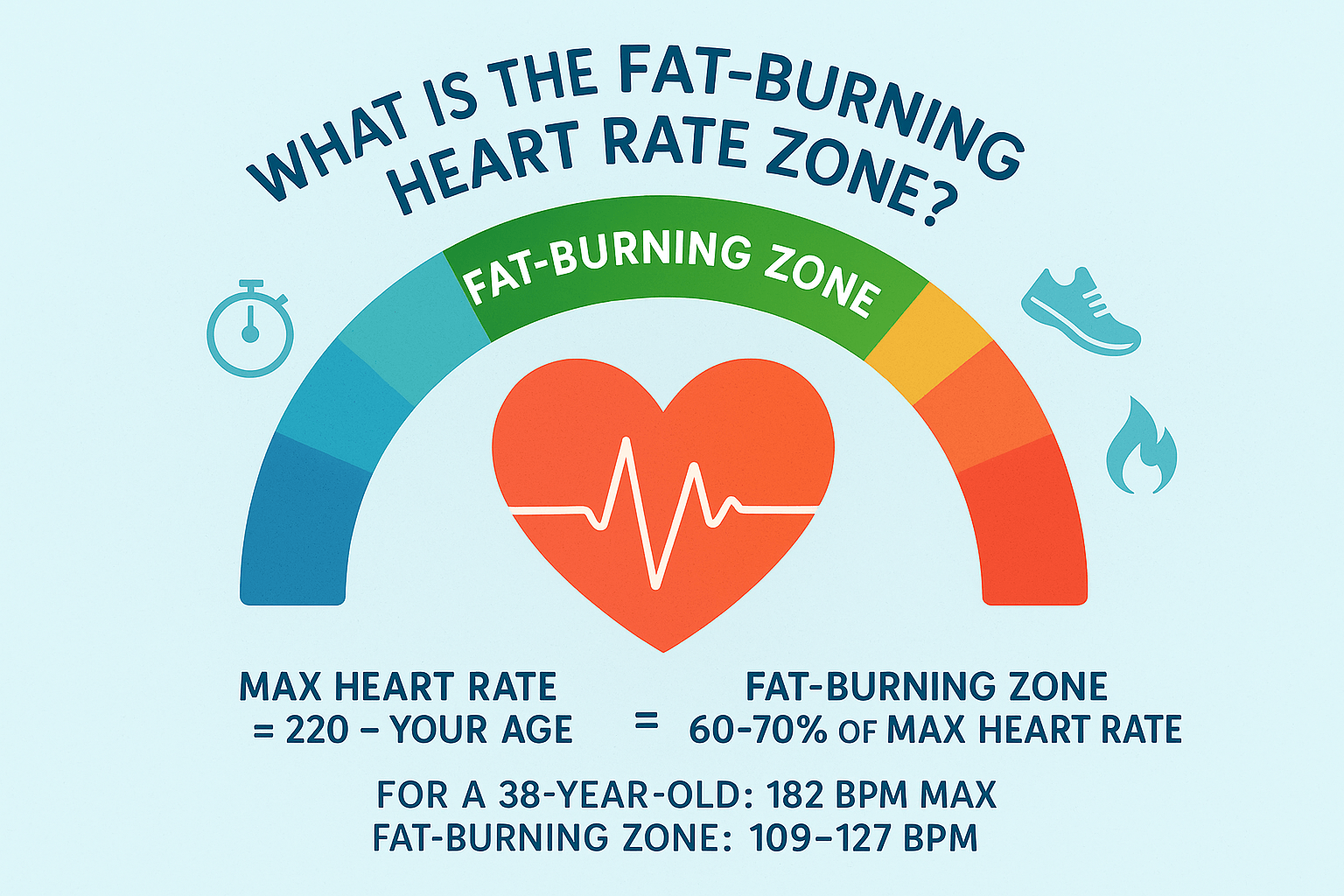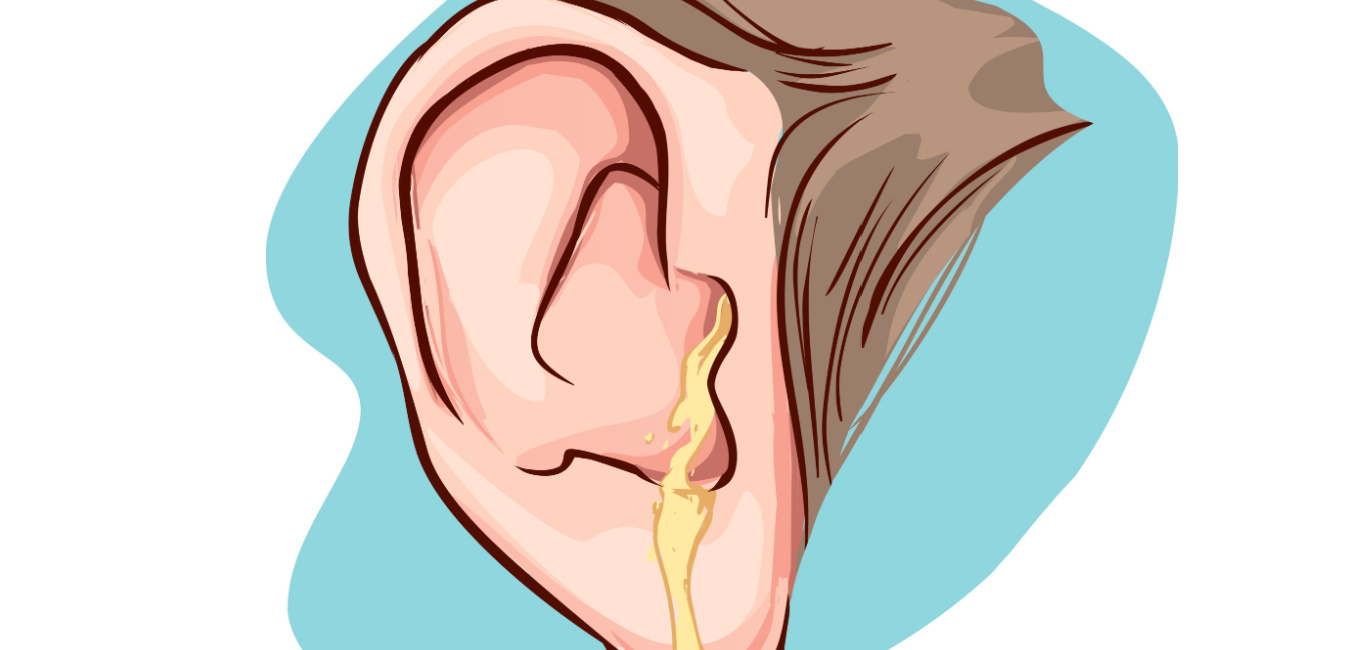Paracetamol is one of the most commonly used medications worldwide, known for its effectiveness in relieving pain and reducing fever. Despite its widespread use, many people wonder about paracetamol alternatives, their proper dosage, and potential side effects. This comprehensive guide will explore these aspects to help you make informed decisions about pain relief and fever management.
1. What is Paracetamol?
Paracetamol, also known as acetaminophen, is an over-the-counter medication used to alleviate mild to moderate pain and reduce fever. It is widely available, affordable, and generally considered safe when used as directed. Paracetamol is commonly found in tablet, capsule, liquid, and suppository forms.
The drug works primarily by inhibiting the production of prostaglandins in the brain, chemicals involved in pain and fever. However, it does not have significant anti-inflammatory effects, which distinguishes it from other pain relievers like nonsteroidal anti-inflammatory drugs (NSAIDs).
2. Uses of Paracetamol
Paracetamol is a versatile medication used for various conditions, including:
-
Headache and migraine relief: Paracetamol is often the first line of treatment for tension headaches and mild migraines.
-
Fever reduction: It helps lower body temperature during infections such as the flu or common cold.
-
Muscle aches and joint pain: Effective for minor muscle strains, back pain, and osteoarthritis pain.
-
Toothache relief: Frequently used to manage dental pain before or after dental procedures.
-
Menstrual cramps: Often recommended to ease mild menstrual discomfort.
Because of its widespread utility, paracetamol is a staple in most medicine cabinets and is frequently recommended by healthcare providers worldwide.
3. Paracetamol Dosage Guidelines
Although paracetamol is generally safe, taking the correct dose is crucial to avoid toxicity. The dosage varies by age, weight, and medical condition, but the following guidelines apply to most adults and children:
-
Adults and teenagers (over 12 years): The typical dose is 500 mg to 1000 mg every 4 to 6 hours as needed, not exceeding 4000 mg (4 grams) per day.
-
Children: Dosage depends on weight. For example, 10 to 15 mg per kilogram of body weight per dose, given every 4 to 6 hours, but not exceeding five doses in 24 hours.
It is important to read and follow the instructions on the medication packaging or as advised by a healthcare professional. Overdosing on paracetamol can cause severe liver damage, which may be fatal if untreated.
4. Why Consider Paracetamol Alternatives?
While paracetamol is effective and safe for many, there are reasons why some people seek alternatives:
-
Ineffectiveness for certain pain types: Paracetamol does not address inflammation, so it may not relieve pain caused by inflammatory conditions such as arthritis.
-
Liver concerns: Those with liver disease or heavy alcohol use should avoid paracetamol or use it with extreme caution.
-
Drug interactions: Paracetamol can interact with some medications, including certain anti-seizure drugs and warfarin.
-
Allergic reactions: Although rare, some individuals may experience allergic reactions or skin rashes.
In these cases, exploring paracetamol alternatives becomes necessary.
5. Common Paracetamol Alternatives
Several medications serve as alternatives to paracetamol for pain and fever relief. These include:
Nonsteroidal Anti-Inflammatory Drugs (NSAIDs)
NSAIDs are a class of drugs that relieve pain, reduce fever, and address inflammation. Common NSAIDs include:
-
Ibuprofen: Often used for headaches, dental pain, menstrual cramps, and arthritis.
-
Aspirin: Effective for pain and inflammation, but also used as a blood thinner.
-
Naproxen: Typically prescribed for musculoskeletal pain and arthritis.
NSAIDs inhibit the cyclooxygenase (COX) enzymes involved in inflammation and pain signaling.
Other Alternatives
-
Opioids: Stronger pain medications like codeine or tramadol may be used for severe pain but require medical supervision due to addiction risks.
-
Topical analgesics: Creams or gels containing NSAIDs or other agents can target localized pain with fewer systemic effects.
-
Non-drug therapies: Techniques like physical therapy, acupuncture, or heat/cold therapy may supplement or replace medication in some cases.
6. Dosage Guidelines for Paracetamol Alternatives
Each alternative has its own dosage recommendations, which should be strictly followed:
-
Ibuprofen: Adults typically take 200 to 400 mg every 4 to 6 hours, not exceeding 1200 mg per day (over-the-counter limit). Prescription doses can be higher under medical supervision.
-
Aspirin: For pain relief, 325 to 650 mg every 4 to 6 hours is common, but doses vary depending on use.
-
Naproxen: Over-the-counter doses are usually 220 mg every 8 to 12 hours, with a maximum of 660 mg per day.
-
Codeine (combined with paracetamol): Dosage varies, and it should only be taken as prescribed.
It's important to consider age, weight, kidney function, and other medical conditions when dosing.
7. Side Effects of Paracetamol Alternatives
While alternatives to paracetamol can be effective, they may also carry risks:
NSAIDs Side Effects
-
Gastrointestinal issues: Stomach pain, ulcers, and bleeding are common risks with prolonged or high-dose NSAID use.
-
Kidney problems: NSAIDs can reduce kidney function, especially in people with existing kidney disease or dehydration.
-
Cardiovascular risks: Some NSAIDs may increase the risk of heart attack or stroke when used long term.
-
Allergic reactions: Rash, itching, or asthma exacerbation in sensitive individuals.
Opioids Side Effects
-
Addiction and dependence: Opioids have high potential for abuse.
-
Drowsiness and dizziness: These can impair activities like driving.
-
Constipation: A very common side effect.
-
Respiratory depression: Potentially life-threatening at high doses.
Topical Analgesics Side Effects
-
Skin irritation: Burning, redness, or rash at the application site.
8. Making Safe Choices: What Should You Consider?
When choosing between paracetamol and its alternatives, keep the following in mind:
-
Consult a healthcare provider: Especially if you have chronic conditions, take other medications, or are pregnant.
-
Use the lowest effective dose: To minimize side effects.
-
Avoid combining similar drugs: For example, do not take multiple products containing paracetamol or NSAIDs simultaneously.
-
Be aware of your health status: Liver or kidney disease may influence which pain reliever is safest.
-
Watch for side effects: Stop use and seek medical help if you notice severe reactions.
Conclusion
Paracetamol remains a widely trusted medication for mild to moderate pain and fever due to its effectiveness and safety profile. However, understanding the uses of paracetamol, proper dosage, and its limitations helps you recognize when to consider paracetamol alternatives. NSAIDs, opioids, and topical analgesics offer options for different types of pain, but each comes with potential side effects that require caution and professional guidance.
By staying informed and following recommended dosage guidelines, you can manage pain and fever safely and effectively, ensuring your health and wellbeing remain a priority.

